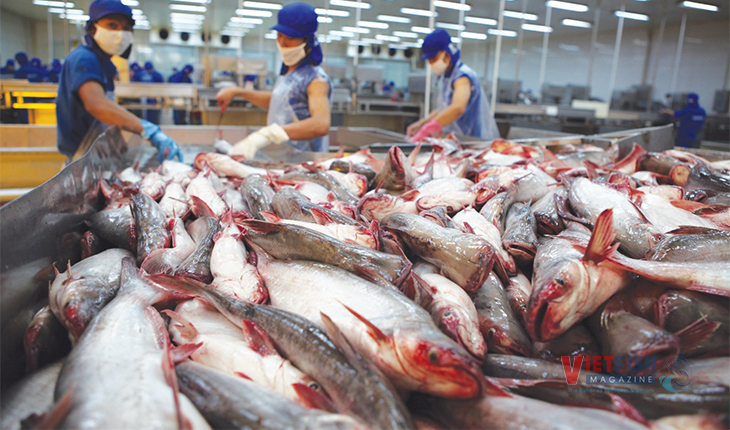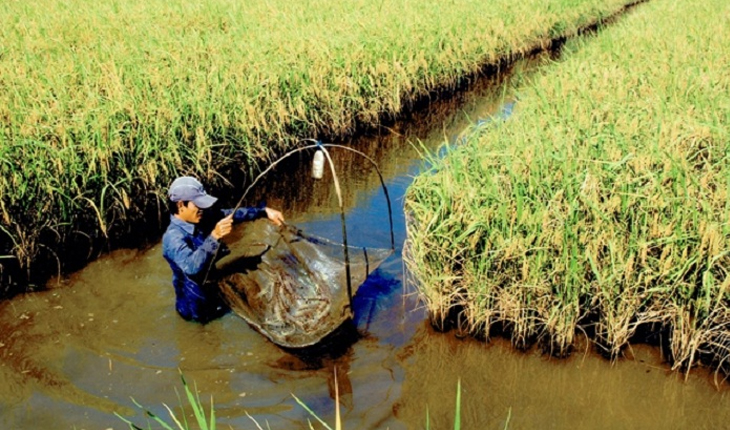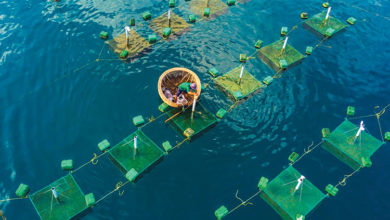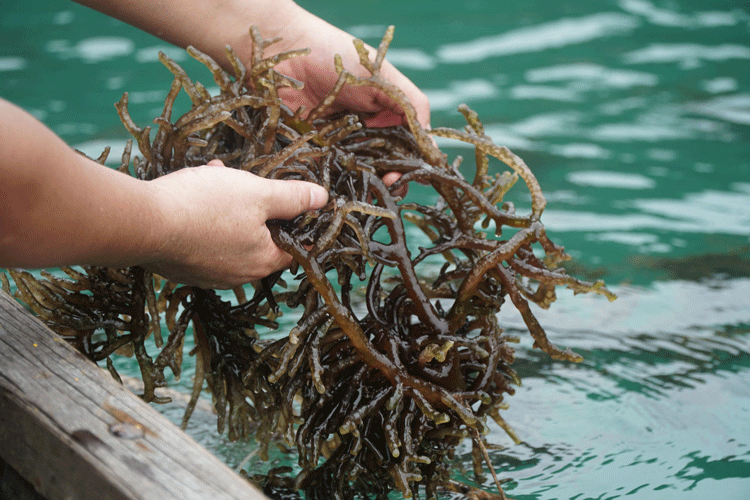Nam Định: Biosafety in frog farming
Farmers in Hải Ninh commune, Hải Hậu district, Nam Định provinces have been instructed to change 50 ha rice paddy field into aquaculture with Thailand frog farming included.
There have been 33 households involved in Thailand frog farming in Hải Ninh commune by early 2018. Frogs used to be mainly raised in industrial systems like cement or plastic ponds and gradually fed by herbs instead of antibiotics.
The cement and plastic ponds have been practiced in Hải Phòng for ten years. Water changes are made regularly every day. When frogs weigh up to 100gr/pcs, water change must be made twice a day before feeding. Discharge water and antiseptic products used to clean ponds go straight to rivers, leaving pollution after years. Besides, regular use of antibiotics to prevent disease has lower quality of frog products.
Farmer NguyễnVănThanh, thus, started implementing biosecurity measures in Thailand frog farming in mesh cages since 2018. He says he raises ten thousand frogs at stocking density of 100pcs/m2; after three months he has 2.6 tons of frog meat sold at averagely 48,000 dong per kilogram and earns total 124.8 million dong. After spending 50 million dong on feed and 1 or 2 million dong on antibiotics, he then gets more than 70 million dong profit. With cement ponds before, he used to harvest 2.2 – 2.4 tons of frog meat from ten thousand young ones while spending 70 million dong on industrial feed and antibiotics.
He uses grinded garlic as feed and some herbs like areca nuts, dyer’s weed and chinaberry’s leaves to prevent diseases. He does not have to change water, therefore save much energy; plus he takes use of frogs’ feed left over and disposal to raise fish and gets extra quintals. There are two more households engaged in this frog farming system. Farmer Tấn in hamlet 7 has got 2.7 tons frog meat from ten thousands of young frogs.
Chairman of Hải Ninh frog farming club Cao VănViễn says mesh cages has brought high economic efficiency and will be a possible future direction of development for Hải Ninh farmers. Still they are facing difficulties of farming techniques, short supply of high quality young frogs and publicity. Thus, producers of young frogs, technique transferring agency, companies and consumers need work together towiden such biosafety frog farming system.
VFM






